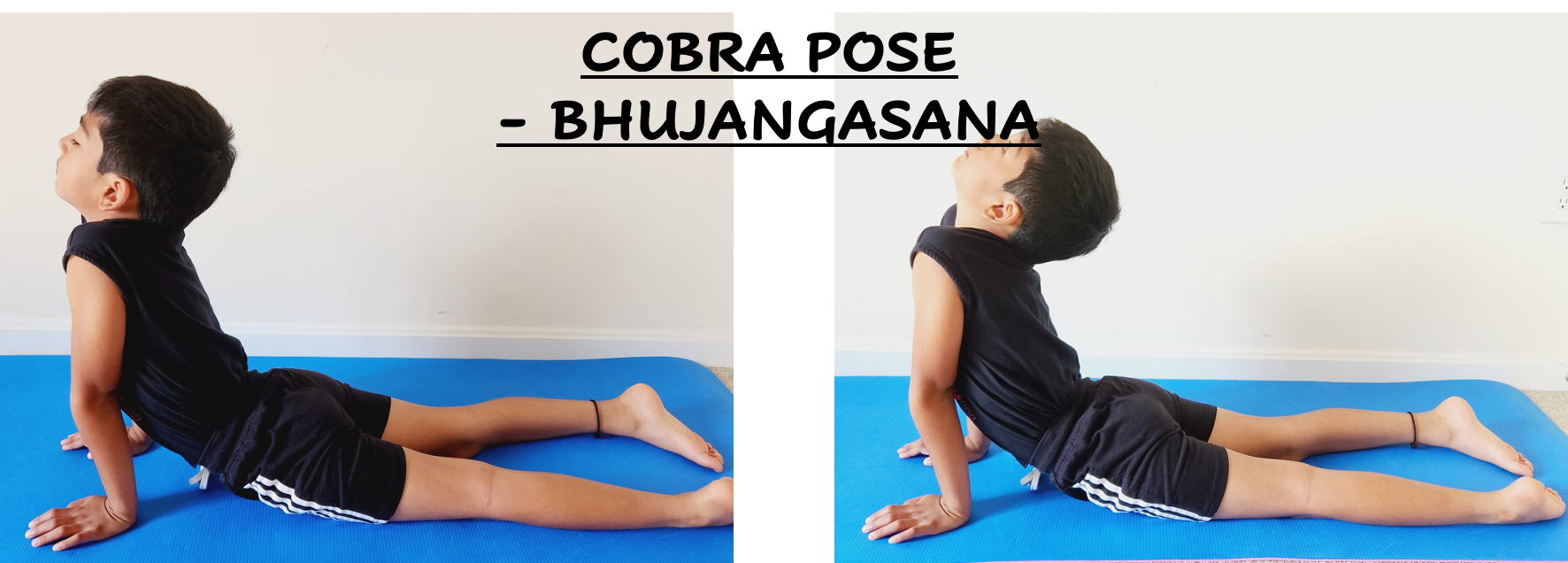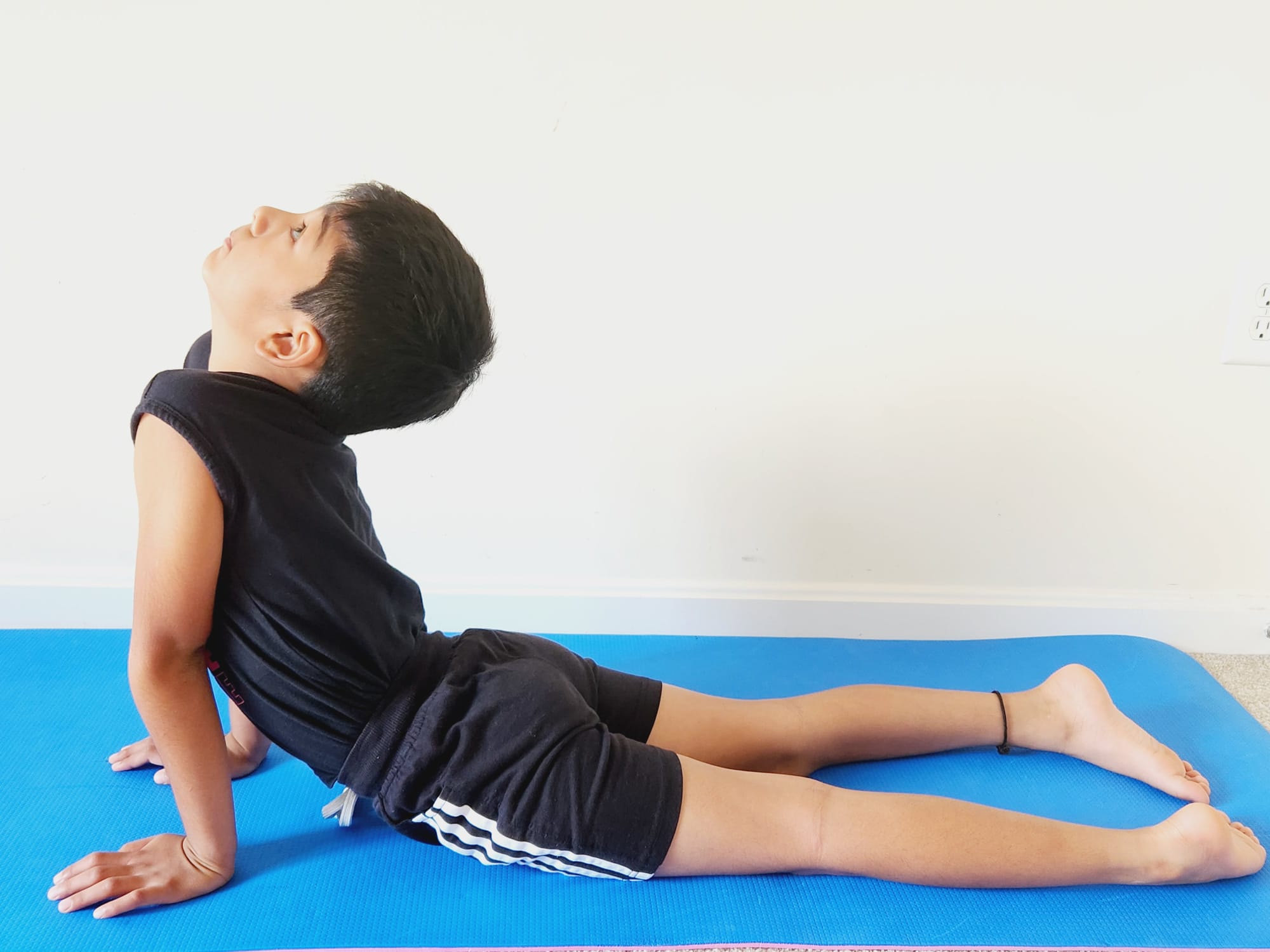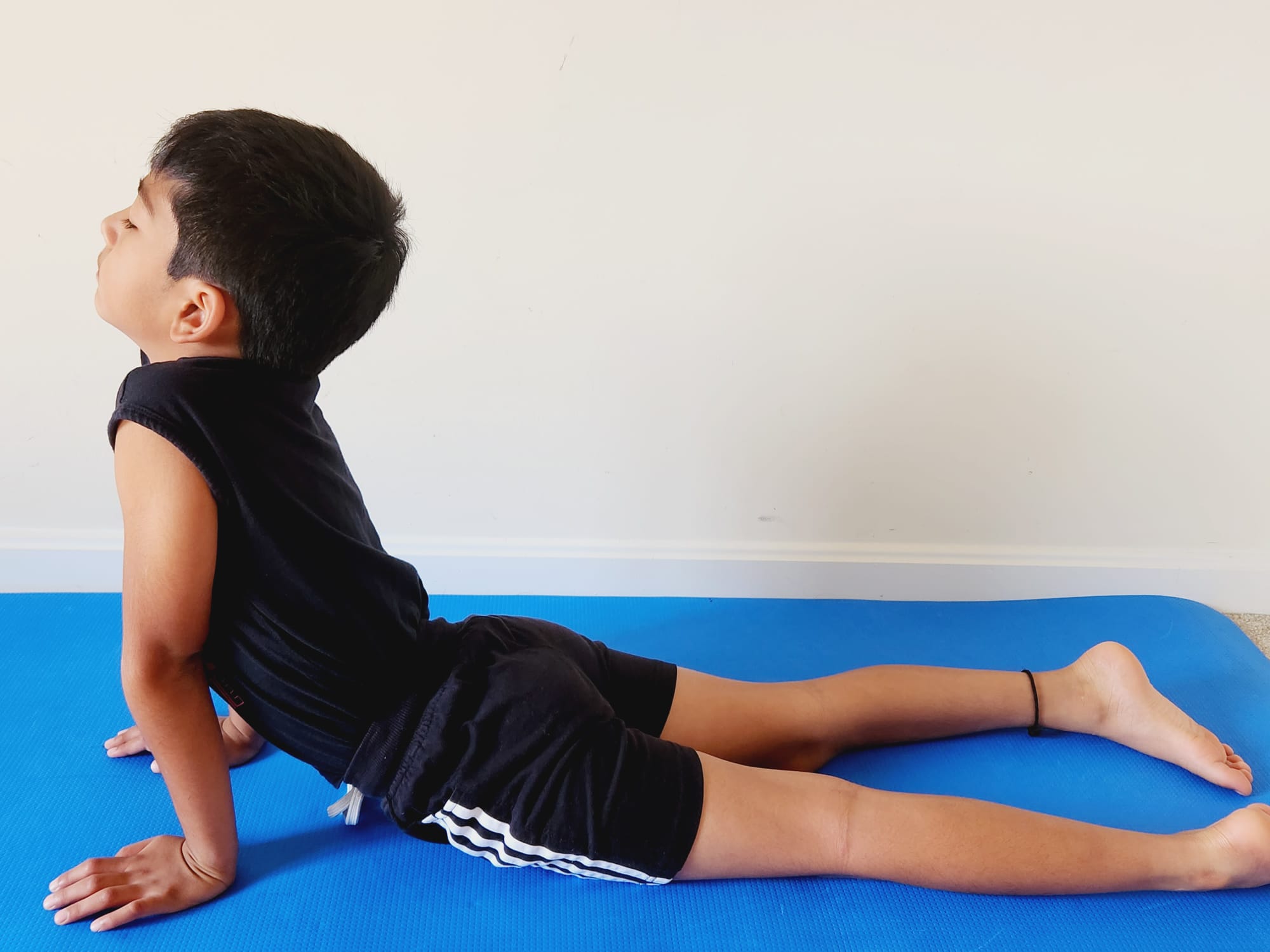BHUJANGASANA | COBRA POSE
Bhujangasana (Cobra Pose) is a heart-opening backbend that allows you to stretch your entire upper body. You can adjust the intensity of the backbend by straightening or bending your elbows to suit your needs.
This pose is typically practiced early in class as a warm-up and precursor to more intense backbends, including Urdhva Mukha Svanasana (Upward-Facing Dog Pose) and Ustrasana (Camel).
Bhujanga, the sanskrit word for snake, is derived from the root bhuj, which means “to bend or curve.” The King cobra, revered in Indian myths, can glide forward while lifting the upper third of its body upright. When you practice Cobra Pose, try to emulate this animal’s powerful yet fluid motion when you practice. Imagine your legs as the snake’s tail, reaching long behind you as you curve your spine to lift your chest majestically.
Cobra can help you set a strong foundation for more complex backbends like Urdhva Dhanurasana (Upward-Facing Bow Pose) by teaching you how to properly engage your legs, pelvis, and abdominal muscles.
“When cobra is done correctly, your legs provide the power and support for your spine to gracefully extend, and your pelvis and belly act together to decompress and support your lower back, which has a tendency to overarch”.
BHUJANGASANA – COBRA POSE
Cobra Pose has numerous benefits for both the body and the mind. Not unlike the old saying “an apple a day keeps the doctor away,” we might consider doing Cobra every day too.
STEP BY STEP
- lie on your stomach, toes pointing straight back, hands underneath the shoulders, elbows close to the body. Lets engaged, pull the belly in and up
- as your inhale, lift your chest from the back of your heart. Roll the collarbones up and firm the shoulders blades into the upper back, slightly down along the spine
- lift your head last. Open your heart, with no weight in the hands yet. Extend out through the toes
- come down again as you exhale. repeat that two times
- the third time you come up, use your hands to find your full expression of the pose. lift your chest from the back of your heart, head follows. Come all the way up to a point where it feels good to you, still maintaining a connection from the pelvis to the legs
- bring the side ribs forward, draw the upper arm bones back, lengthen the neck
- feel the backbend through the entire spine. you can look up, but only if you maintain length in the back of the neck, otherwise keep your gaze forwards so your neck is comfortable
- stay for 5 to 10 breaths
- to come out, lower the body down on as you exhale and take a rest lying on your belly or in child’s pose
BENEFITS
Regular practice in steady and comfortable manner within a balanced yoga asana program
- opens the shoulder blades and neck, while expanding the chest and broadening the collar bones
- stimulates and tones the abdominal muscles and abdominal organs
- massages the digestive organs including the kidneys, liver, pancreas, intestines, colon and stomach, as well as adrenal glands and reproductive organs
- regulates the secretion of the thyroid and adrenal glands
- improves digestion and alleviates constipation, acidity and indigestion
- improves spinal alignment
- reduces fatigue and stress
- improves sleep quality in menopausal women
DURATION OF HOLD
- Beginners : 30 seconds – 1 minute
- Intermediate : 1- 2 minutes
- Advanced : 2 – 3 minutes
BEGINNER TIPS
If you feel any discomfort or compression in the lower back, don’t come up as high in the pose. Focus instead on creating strength in the upper back, between the shoulder blades. You can also take your feet wider than hip distance apart.
If you have the flexibility in your armpits, chest and groins, you can movie into a deeper backbend: Walk your hands a little farther forward and straighten your elbows, turning your arms outward. Lift the top of your sternum toward the ceiling.
If you feel compression in your lower back, rest your forearms on the floor with your elbows under your shoulders. To create space in your chest, press your elbows down, reach your heart up, and draw your shoulder blades away from your ears.
BE MINDFUL
Avoid practicing cobra pose if you suffer from carpal tunnel syndrome, hernias, abdominal pain or injury to abdominal muscles, severe neck pain or have a recent back, wrist or rib injury. Pregnant womens should also avoid practicing cobra pose. If you have mild neck pain, keep your neck neutral while practicing. If you have any medical concerns, seek professional medical advice.
TIPS
- make sure the tops of the feet are on the floor and your ankles are straight and not sickling
- lift on an inhale and lower on an exhale
- if your low back is tender or you have neck pain, stick with low cobra pose
- engaging your belly can help protect your lower back
- keep your gaze straight forward, or even down, to encourage the neck to lengthen
- you can practice cobra dynamically, meaning you raise and lower with your breath, or statically, meaning you raise and lower with your breath, or statically, meaning you hold yourself upright for a certain count of breaths


